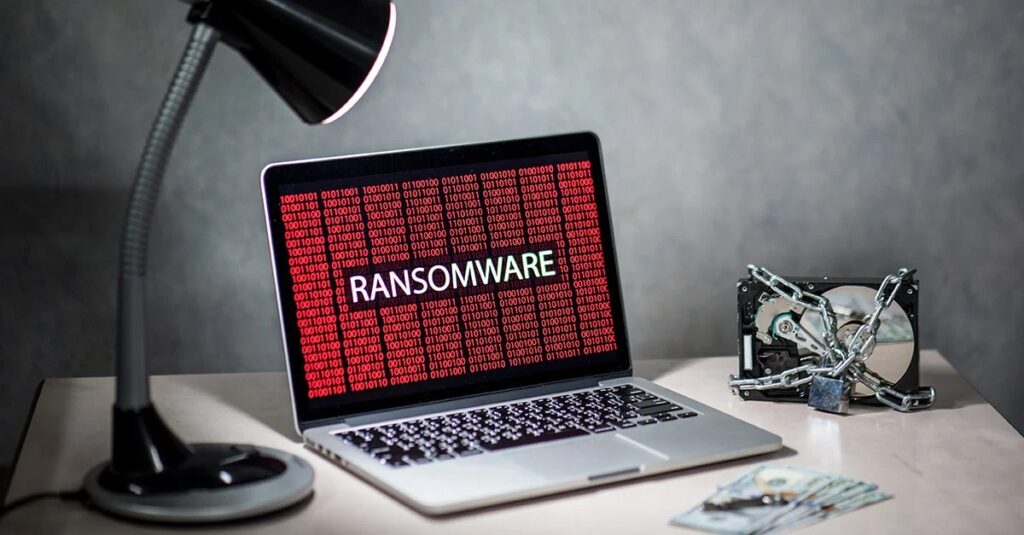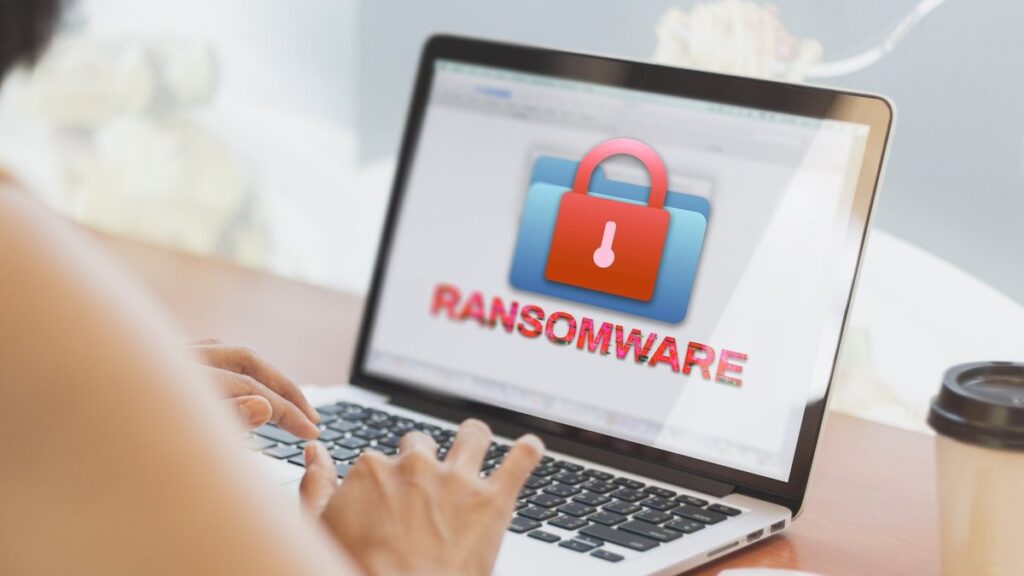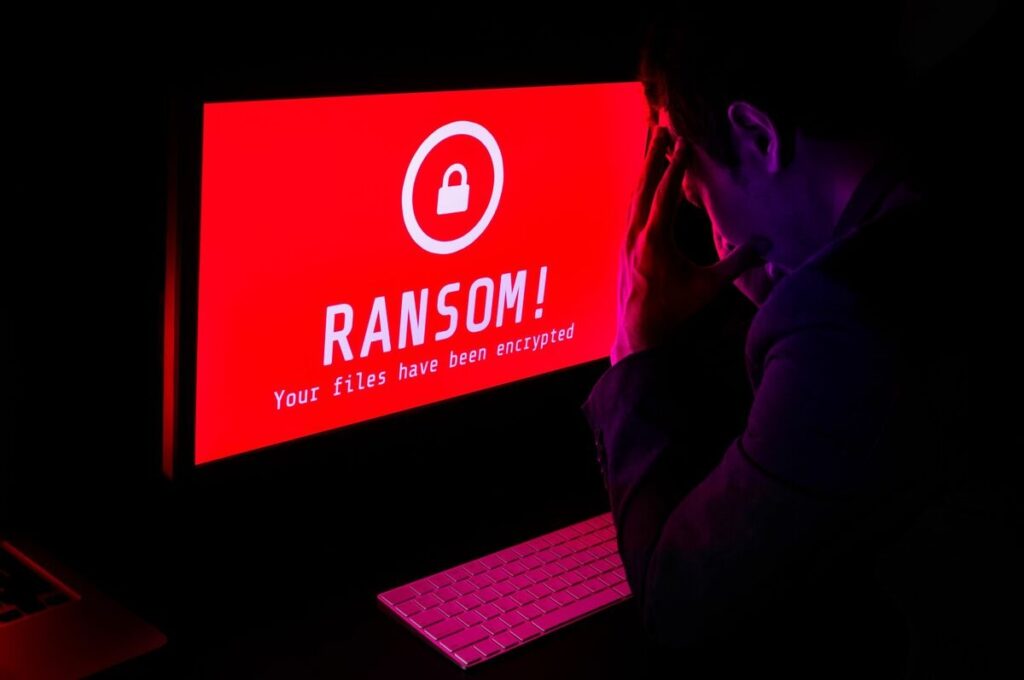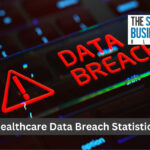Ransomware is malicious software that encrypts data to blackmail the owner into paying a ransom.
Cybercriminals encrypt data and then demand money in exchange for the decryption key, forcing businesses into a situation where paying up is the simplest and most cost-effective option.
Several variants have incorporated features like data theft to increase the pressure on victims to pay the ransom.
Ransomware has rapidly risen to the top of the malware food chain.
Recent ransomware attacks have significantly harmed many institutions, including hospitals’ abilities to deliver lifesaving care and public services in cities.
Let’s get into the details and find out how many ransomware attacks are there per day in 2024?
Post Contents
How Many Ransomware Attacks Are There Per Day in 2024?
Take a look at these sneak peeks to acquire a solid understanding of the current situation of cyber attack statistics around the world.
- There is a ransomware attack every 11 seconds.
- That means there are an average of 7854 ransomware attacks per day in 2024.
- Thirty thousand websites are attacked every day throughout the world.
- Sixty-four percent of businesses around the world have been victims of cyber attacks.
- By the end of 2021, 22 billion records had been compromised.
- The number of ransomware attacks increased by 92.7 percent in 2021.
- Nearly all malware (94%) is spread via email.
- A new cyberattack occurs every 39 seconds, according to recent statistics.
- Every day, the internet blocks over 24,000 fraudulent mobile apps.
Top Cybersecurity Statistics To Know

Online crimes are increasing in frequency and severity all across the globe.
Even though phishing and ransomware are still popular tools for hackers, they are expanding their attacks to new areas and types of victims, such as healthcare systems.
- Cyberattacks are more likely than rockets to knock down F-35 planes.
- Emails are the entry point for almost 75% of cyberattacks specifically targeted at a specific victim.
- Victims from 60 different nations filed 15,421 reports with the FBI in 2020 about online crimes related to tech support fraud.
- The annual cost of cybercrime is projected to reach $10.5 trillion by 2025, an increase of 15% over the following five years. Cybersecurity startups face a worrying future, according to a 2020 report.
- More than half of consumers have been the target of cybercrime, with almost a third of those incidents occurring in the past year alone.
- About two thousand reports of online crime were sent to the FBI per day in 2020.
- Between 2020 and 2025, the healthcare sector will spend an estimated $125 billion on cybersecurity. Cybersecurity startups face a worrying future, according to a 2020 report.
- Cybercrime, including ransomware, increased by 102% in the first half of 2021 compared to the start of 2020.
Recent Ransomware Statistics 2024
Many businesses and their consumers worldwide have fallen victim to ransomware attacks in recent years.
Recent examples of ransomware attacks include:
- In March 2021, the REvil ransomware organization attacked Acer, a global provider of information technology equipment.
- CNA Financial, a cyber insurance provider, admitted it had been hacked in March of 2021. It has been speculated that a group called Phoenix was responsible for the attack.
- In May of 2021, a ransomware attack on Colonial Pipeline disrupted oil distribution across the eastern United States.
- A ransomware attack on meat processing supplier JBS USA in June 2021 severely hampered the business’s capacity to package meat goods. The corporation reportedly paid the REvil cybercriminals $11 million in ransom.
- The REvil organization is suspected of launching a supply chain ransomware attack against Kaseya, a provider of remote management software, in July 2021.
- A ransomware attack in October 2021 interrupted broadcast operations at Sinclair Broadcast Group.
Major Ransomware Attacks of 2022

As with every year since 2017, ransomware has expanded and grown more complicated in 2022.
Toward the end of the year’s first half, we take a closer look at the five most significant ransomware attacks that have already damaged businesses and government organizations worldwide.
Nvidia
In February of 2022, the world’s largest manufacturer of semiconductor chips fell victim to a ransomware attack.
The company said it had determined the threat actor had begun publishing work things and confidential company data online.
Lapsus$, a ransomware gang, claimed credit for the attack and threatened to release one terabyte (TB) of stolen company data.
In addition to the $1 million, it wanted a cut of an undisclosed charge from Nvidia.
Advanced
The IT firm Advanced announced in August 2022 that a ransomware attack had hit it. Since the incident occurred in the health and care setting, Advanced swiftly responded to the threat, minimized additional hazards, and isolated the affected area.
The hackers breached the company’s security by gaining access to third-party credentials. By exploiting a stolen password, they could get elevated privileges, copy and exfiltrate data, and plant malware with decryption capabilities.
This was feasible due to the absence of multifactor authentication, which would have required users to verify their identity at increasingly deeper network levels. Other systems, as well as those of their customers like the NHS, were impacted by the incident. The NHS said that its services had been interrupted, including the inaccessibility of critical medical records.
Whether or not critical patient information has been leaked and the entire scope of the attack is unknown.
Medibank
It was reported in October 2022 that Medibank, Australia’s largest health insurer, was hit by a ransomware attack.
There are typically multiple hackers involved in high-profile ransomware attacks, some of whom are well-known in the hacking community.
The Medibank hacking was carried out by a notorious ransomware organization called REvil.
Considering the financial impact and the number of victims, the Medibank ransomware stands out as one of the worst ransomware attacks of the year.
Hackers could access the private information of more than 9.7 million people using Medibank’s services due to the data breach.
Passport numbers, names, birthdates, health insurance claims, Medicare numbers, and more have all been exposed in this incident and on the dark web.
The clients whose data has been released are likely targets of other criminal activities, such as targeted phishing and identity theft.
Entrust
Entrust, a cybersecurity and data prevention firm, was hit by a ransomware attack in July 2022.
The locking software LockBit has been tracked down to its version, and it is believed to be responsible.
The group of hackers identified as LockBit, which specializes in ransomware, built this harmful program.
Without receiving the payment, the organization has begun publishing stolen information on the dark web.
Reports also suggest that Entrust responded with a DDoS attack, which swamped the site and led to its shutdown; however, the company has not confirmed this.
Put differently, the LockBit collective claimed that the cybersecurity firm had employed this prohibited counterattack method (of hacking the hacker).
Suppliers To Toyota
Kojima Industries, Denso, and Bridgestone were some of the Toyota suppliers hit by a ransomware attack in February and March of 2022.
The company was forced to temporarily close manufacturing in Central and North America and stop production at 14 of its plants in Japan.
This was, as you may expect, a pretty pricey endeavor. The company’s monthly productivity is down 5% as a result.
Again, LockBit was to blame for these attacks. The program is made to disable access until a ransom is paid.
The German company Denso has traced the hack back to the Pandora ransomware group.
How To Protect Your Organization From A Ransomware Attack

Upgrade your programs regularly. Updates released by network providers patch previously discovered security holes.
Put them in place so that hackers can’t exploit any loopholes. Keep regular backups of your data.
Spread your data over many storage systems to reduce the risk of total loss and the need to pay ransoms.
Use a combination of firewalls, anti-malware programs, and spam filters for maximum protection.
Because of this, you can spot and stop invasions in record time. Give your staff members some awareness training.
Because employees are a common target of phishing emails, they must be aware of and able to avoid this online fraud.
Implement a system that requires more than one form of identification.
This implies that your system is secure even if hackers obtain access to your employees’ credentials, as they will still be unable to access it without additional authenticating elements.
Final Thoughts
We have provided a range of statistics to answer the question of how many ransomware attacks are there per day in 2024.
Plenty of people make their living stealing information and damaging companies.
With this increase in cyberattacks, companies have started investing more in cybersecurity to counteract the increasing intensity of these attacks.






























